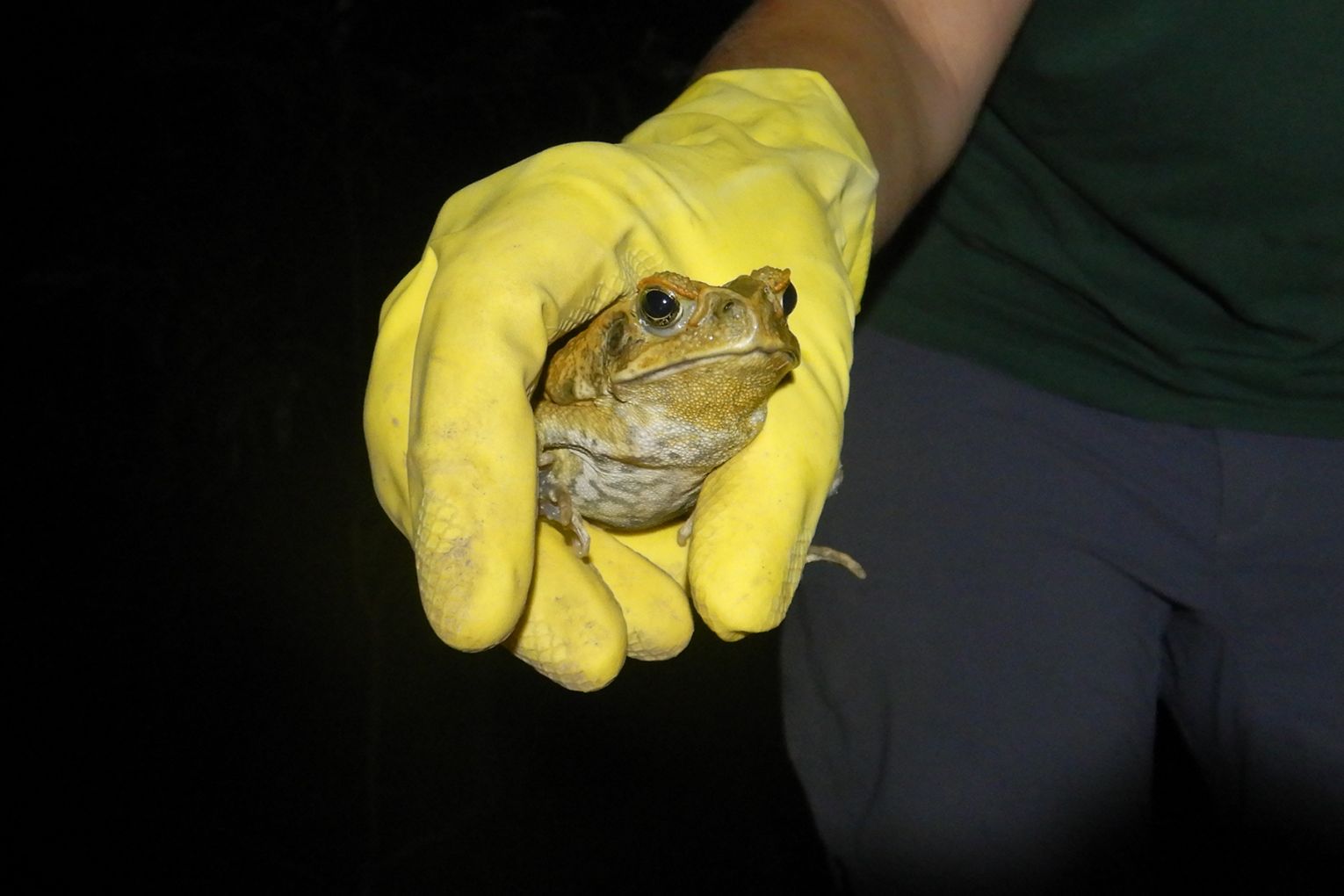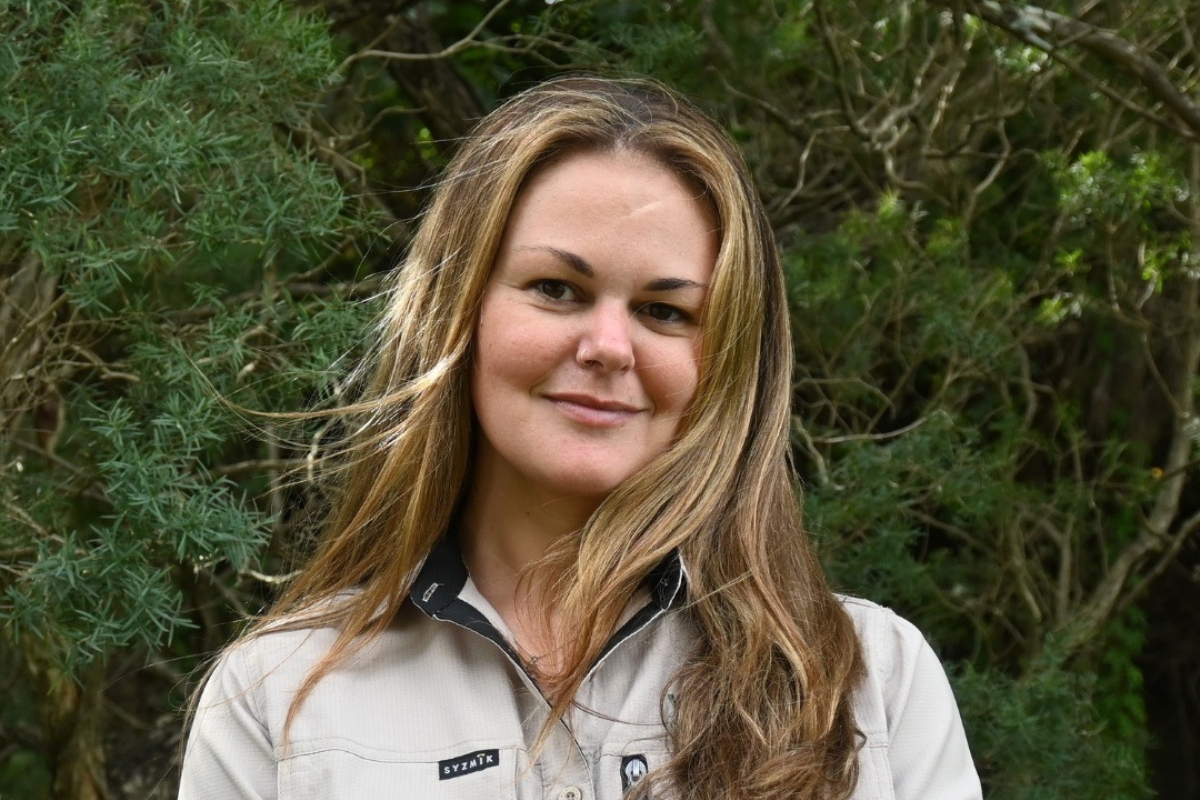Gold Coast cane toad cleanup returns after record-breaking removals
Watergum Community is bringing back its Great Cane Toad Bust for another season after a record-breaking removal reaching hundreds of thousands.

Gold Coast-based environmental group Watergum Community has been tackling problems with the invasive cane toad for eight years on the Gold Coast and four years across Australia.
Organisers have now said next year’s Cane Toad Bust would run from 17 to 25 January, where they expected families, schools, landholders and local groups to pitch in.
This year, participants removed 199, 231 cane toads in the span of one week, a record-breaking number that Watergum hoped to beat in 2026.
Watergum’s invasive species manager Emily Straton said that native species were learning how to safely prey on cane toads without being impacted by the toad’s toxins.
Native animals including water birds, ibis, crows, kookaburras, keelback snakes, rakali water rats and some species of turtle have already mastered this ability.
You might like
“It’s our responsibility to give native species the time and the space they need to learn how to control cane toads themselves. Ultimately it’s native species that are going to be the real heroes over time,” she said.
Straton says community participation is the most effective method of removing destructive cane toads until native species can fully recover.
“Research has shown that a single coordinated bust can remove up to 47 per cent of a local toad population in just one night. That’s why every toad removed, adult or tadpole, has real impact,” Straton said.

Stay informed, daily
Straton said there were two primary methods for catching cane toads. The most effective method of cane toad control was the hand collection of breeding adult toads at dusk, with gloves and litter pickers.
The second method was tadpole trapping, where volunteers used lures containing pheromones to collect adult toads.
“The lure releases a scent which is really attractive to cane toad tadpoles, but not to frog tadpoles, so you can just simply remove them from the water,” Straton said.
“The great thing as well about those lures is they’re actually made from the glands of adult cane toads, so it’s like a full cycle of control.”
Authorities introduced 102 cane toads to Queensland in 1935 to control cane beetle numbers, but with no natural predators, the toads outcompete native species for food and habitats.
Cane toads now number more than 200 million across Australia and pose a significant threat to biodiversity, pets and agriculture.
“Eradication is probably not going to happen, however what we can do is create biodiversity hotspots and safe zones for native species to recover,” Straton said.








